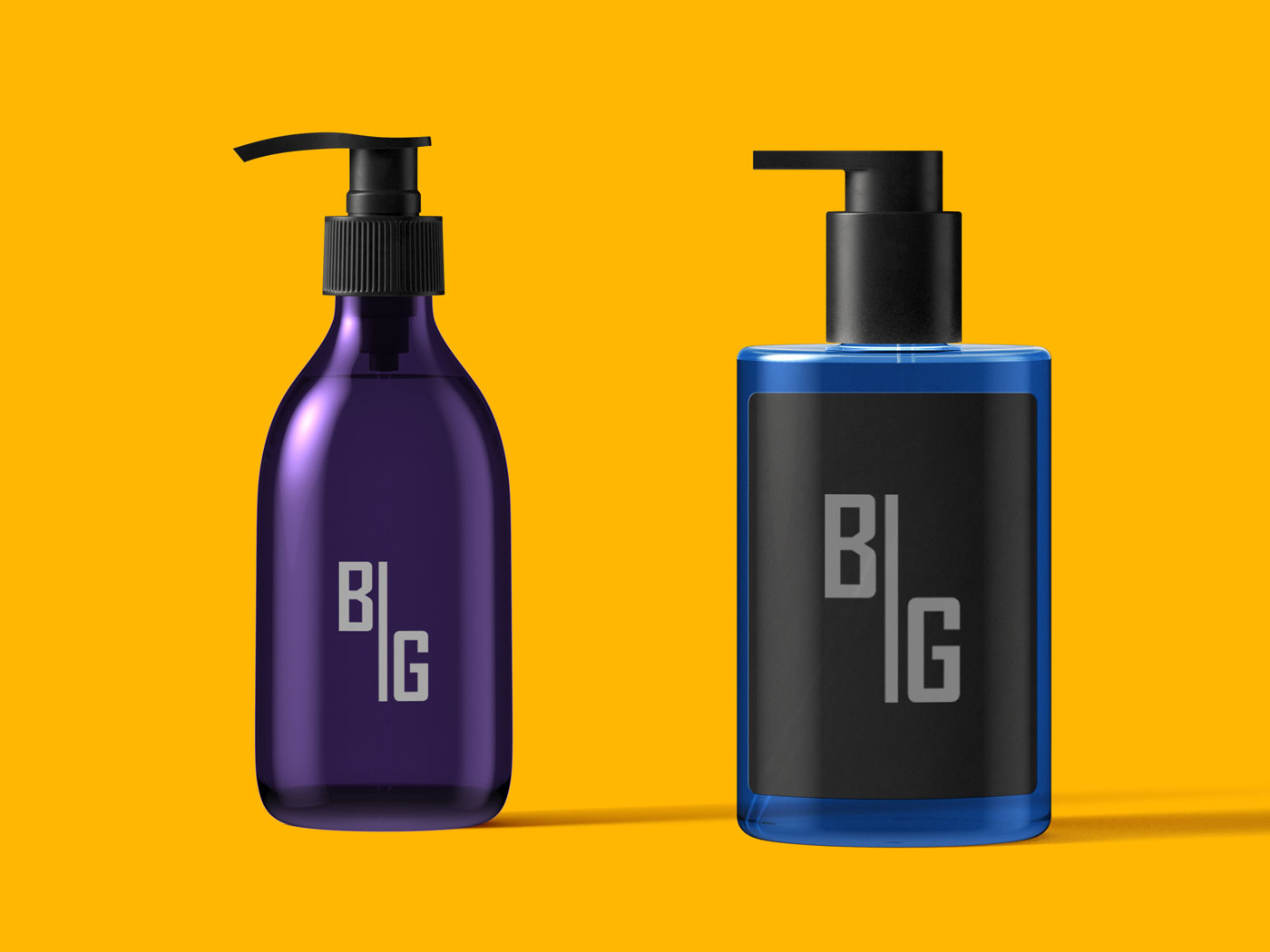
When designing labels for chemical products, companies face a dual challenge. On one hand, they must meet strict legal requirements such as the CLP Regulation, and on the other, maintain brand attractiveness and image. Is it possible to create a label that is compliant, readable, aesthetically pleasing, and customer-friendly at the same time? Yes—provided there is a thoughtful approach.
What is CLP and Why Must Chemical Labels Comply? The CLP Regulation (Classification, Labelling, and Packaging) encompasses EU regulations governing the classification, labeling, and packaging of chemical substances and mixtures. Every chemical product introduced to the market must be labeled according to these guidelines, whether intended for professionals or home users.
A CLP-compliant label must include, among others:
- Product name and ingredients – clearly described, highlighting key substances.
- Warning pictograms – red diamonds with symbols, such as flames, skulls, or exclamation marks.
- Signal word – either “Warning” (for minor hazards) or “Danger” (for serious hazards).
- H-Statements (hazards) – e.g., H314: Causes severe skin burns and eye damage.
- P-Statements (precautionary measures) – e.g., P280: Wear protective gloves.
- Manufacturer or importer details – name, address, telephone number.
- Net quantity – if the product is intended for consumer sale.
CLP and Packaging Requirements Compliance with CLP isn’t just about label content. Regulations also cover packaging requirements to ensure maximum safety for both professional and consumer end-users.
- Child-Resistant Closures (CRC) If a chemical product is classified as:
- Toxic if swallowed or upon skin contact,
- Carcinogenic,
- Mutagenic,
- Irritating to the respiratory tract, and is accessible to consumers, it must have CRC packaging—such as “push-and-turn” caps commonly found on cleaning products, drain cleaners, or solvents.
- Tactile Warnings for the Visually Impaired CLP also mandates tactile warnings—raised triangles on packaging—allowing blind or visually impaired individuals to identify hazardous products. They must be applied when a product displays CLP pictograms unless the package is exceptionally small or already has other tactile warnings.
- Physical Properties of Packaging Although CLP does not specify materials explicitly, packaging must be leak-proof, resistant to leakage and mechanical damage, and suitable for the contained substance—such as not reacting with acids or solvents. Practically, this means selecting appropriate plastics or materials—e.g., HDPE for acids, aluminum for organic solvents.
- Packaging Size and Label Dimensions If you use small bottles, tubes, or sachets, CLP regulations still apply. In such cases, you can:
- Use peel-off, fold-out labels,
- Include QR codes linking to full documentation (without replacing basic mandatory information),
- Employ special symbols or abbreviated messaging if compliant.
How Does This Work in Practice? Suppose you sell a surface disinfectant in a 200 ml spray bottle containing irritating and flammable substances:
- Appropriate pictograms (e.g., flame, exclamation mark) must be present,
- CRC packaging is required for consumer use,
- Tactile warnings on the bottleneck are necessary,
- Labels can be peel-off or succinct, provided they remain CLP-compliant.
How Not to Scare Customers Away? Key Design Principles
- Highlight Mandatory Elements, but Moderately CLP pictograms are mandatory and must be clearly visible. However, they can be aesthetically positioned and balanced with neutral backgrounds, ensuring clear margins and spaces to avoid graphic clutter and negative associations.
- Maintain Brand Consistency Legal elements are obligatory, but layout, colors, fonts, and logos are your choices. Customers don’t want to see a biological hazard warning—they prefer professional and trustworthy product visuals. Thus, maintain brand consistency even on chemical labels.
- Segment Information Instead of presenting a “wall of text,” divide label content into clear sections—such as properties, precautions, and contact details—to avoid overwhelming the reader.
- Avoid Harsh Contrasts and Cheap “Alert” Effects Bright red backgrounds, large warnings, and bold fonts scare customers. Opt instead for professional, subdued designs that comply with visibility standards without resembling outdated labels.
Example: Industrial Cleaning Solution Imagine designing a label for an industrial surface cleaner containing irritants requiring CLP pictograms and warnings. You could approach it as follows:
- Main label area: product name, company logo, subtle imagery depicting use (e.g., shiny surface).
- Bottom label area: “Safety and Precautions” section clearly segmented for CLP statements, pictograms, supplier details, and contact information.
- Background: neutral shades like light gray or white, with necessary contrast only. The result? A professional, trustworthy product meeting all requirements.
How Can B-G Company Help You? At B-G, we not only print CLP-compliant labels but also provide advice during the design stage. We assist in balancing legal requirements with aesthetics, selecting materials resistant to chemicals, moisture, or light, and advise on printing dynamic data series (e.g., batch numbers, dates).
Summary: 5 Key Principles
- Familiarize yourself thoroughly with CLP regulations.
- Design labels balancing safety and aesthetics.
- Avoid overload—prioritize readability.
- Ensure consistency with brand visual identity.
- Collaborate with experienced partners familiar with the chemical industry.
FAQ – Frequently Asked Questions
Must every chemical label include CLP pictograms? Yes—if the product contains substances classified as hazardous under CLP.
Do chemical product labels require approval from any authority? No—but manufacturers/importers bear full responsibility for compliance, making professional design and printing advisable.
Can I use colorful graphics with CLP pictograms? Yes—provided they don’t compromise the readability and visibility of mandatory elements.
Is printing chemical labels with QR codes possible? Certainly—QR codes are increasingly used to direct users to Safety Data Sheets (SDS) or online instructions.
Questions about chemical labels? 📧 Contact us 📞 Call: +48 61 843 31 81